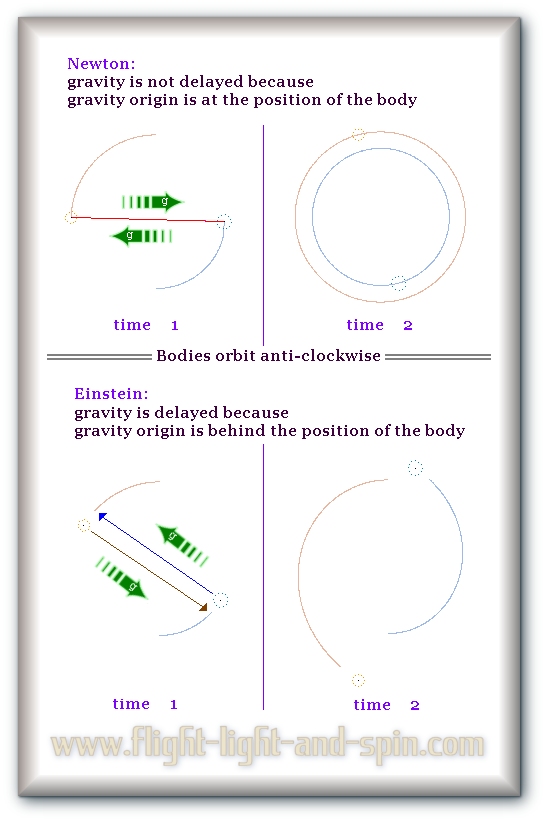Computational
analysis of LIGO GW150914
Analysis of Gravitational-Waves
- by Jonathan Ainsley Bain - 11 March 2017 - Version 1
This Analysis in full: Analysis-GW150914-Bain.pdf
- (36 pages 3.74 mb)
|
| 1 | ||
|
The
purpose of this article is to determine The central finding of this computational analysis is that whilst the LIGO GW150914 gravitational-wave experiment is a vital component of astrophysics theory from an engineering and experimental perspective, the theoretical findings in article PhysRevLett.116.061102 (hereafter referred to as Abbot) are intrinsically flawed when programmed in an evolutionary computer algorithm. The
software used in this analysis is free here: Download
orbit-gravity-sim-11.exe. These
10 html pages are summaries of the full analysis which can be downloaded
here: |
||
|
Abbot
inherits the claim by Einstein that the gravitational-wave theory
(gravity propagating at the velocity of light) will result in binary
celestial bodies spiraling inwards towards the center of the system.
In
the simulated computational graphics above, each of the systems evolves
differently according to the two theories on the velocity of gravity
at two different non-specified times (time 1 and time 2). However,
with parameters similar to the LIGO pair including a delay in gravity
caused by the velocity of gravity being the same as the velocity of
light; the pair out-spirals so quickly that it is easy to observe. |
||
|
These
web-pages are a brief summary of the full article.
.
|
|||||
